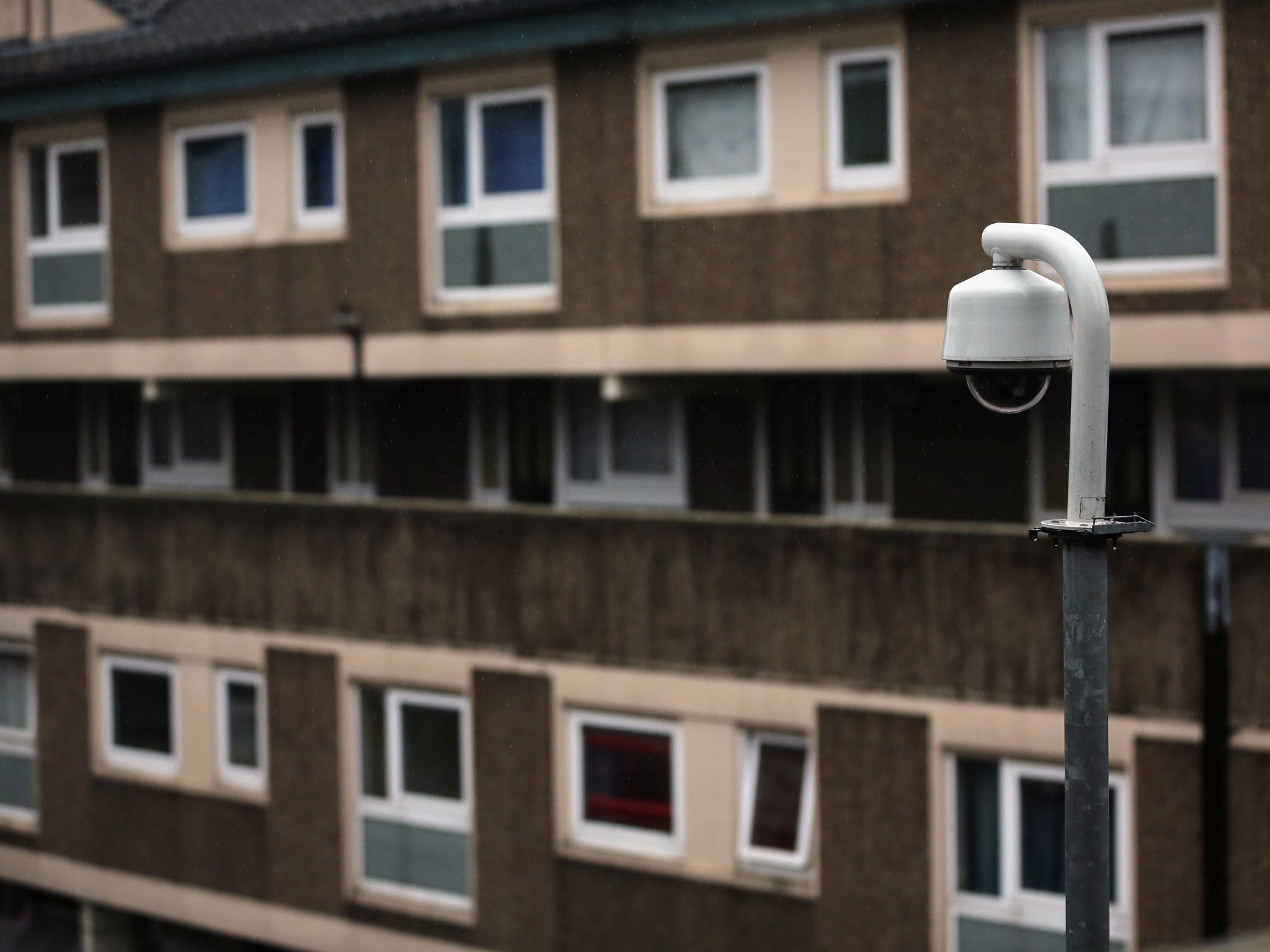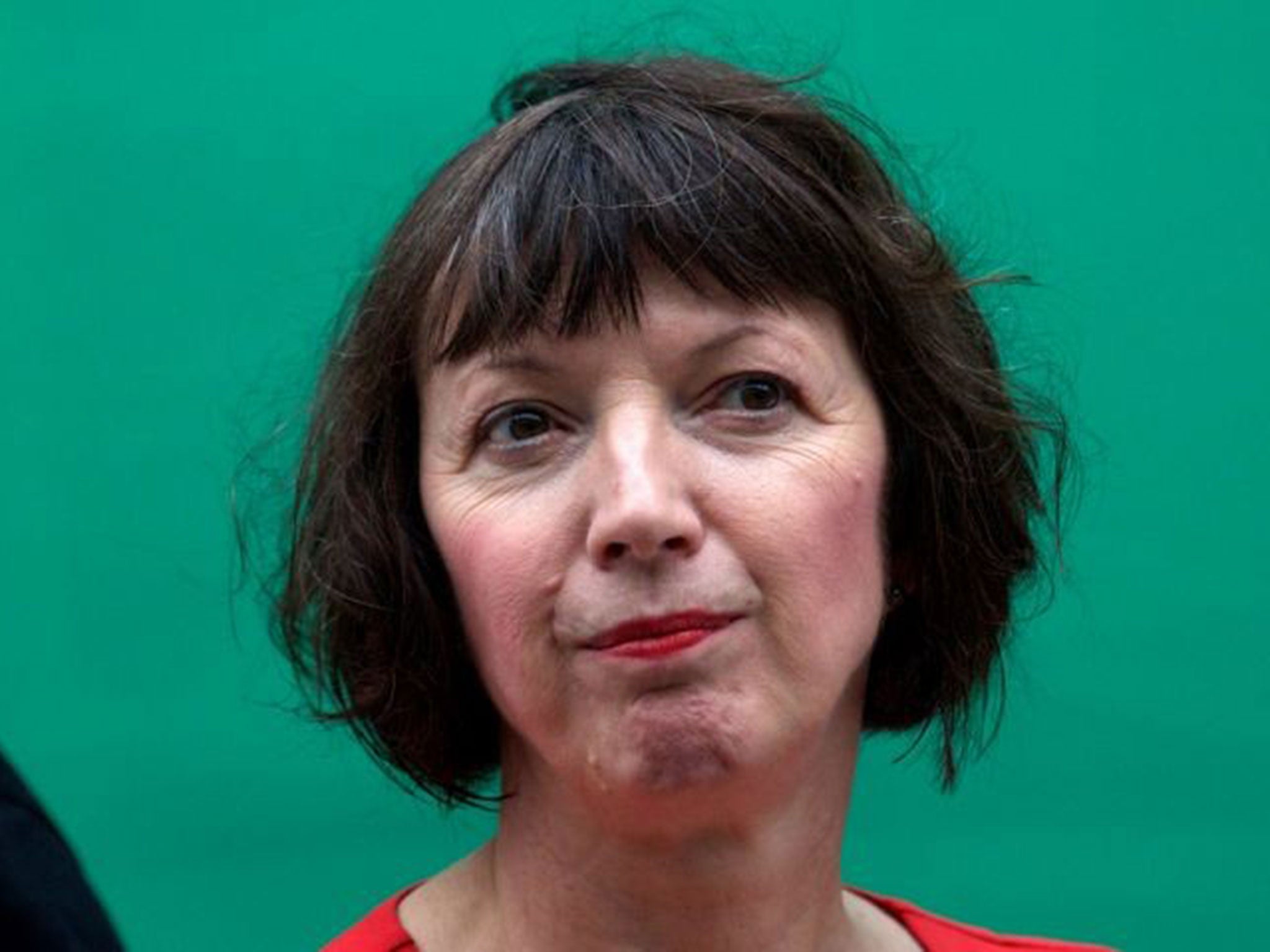The graph that shows how the poor are paying more than the rich in tax
Poorest fifth of the population lost 37.8 per cent of their income to the taxman last year, while richest fifth paid 34.8 per cent - a wider gap than previous year

Your support helps us to tell the story
From reproductive rights to climate change to Big Tech, The Independent is on the ground when the story is developing. Whether it's investigating the financials of Elon Musk's pro-Trump PAC or producing our latest documentary, 'The A Word', which shines a light on the American women fighting for reproductive rights, we know how important it is to parse out the facts from the messaging.
At such a critical moment in US history, we need reporters on the ground. Your donation allows us to keep sending journalists to speak to both sides of the story.
The Independent is trusted by Americans across the entire political spectrum. And unlike many other quality news outlets, we choose not to lock Americans out of our reporting and analysis with paywalls. We believe quality journalism should be available to everyone, paid for by those who can afford it.
Your support makes all the difference.The poorest families in the UK are losing more of their income in tax than any other income group, official statistics have revealed - and the gap between rich and poor is widening.
While the richest fifth of society paid 34.8 per cent of their overall income in tax last year, those at the bottom of the income scale lost 37.8 per cent of their income to the taxman.
This is a wider gap than last year, when the difference was 2.3 per cent.
It meant the richest fifth of the population paid £29,200 in all taxes last year, while the poorest fifth paid £4,900.
The figures come at the same time as up to 160 Tories are mounting pressure on George Osborne to cut the top rate of income tax from 45p to 40p in his budget next week.
That would mean those earning more than £150,000 would pay the same rate of tax as everyone earning more than £42,386 and would reduce their tax burden further.
The reason why those on the lowest incomes are paying the biggest proportion of their income in tax is because indirect taxes, such as VAT and tax on tobacco, alcohol and fuel are charged at the same rate to all income groups.
So although direct taxes such as income tax and national insurance contributions - both of which are calculated as a proportion of how much you earn - hit the richest the hardest, taken together, the poorest fifth of households lose the largest proportion of their income in overall taxation.
Labour said the figures demonstrated why the Chancellor must rule out a cut in tax credits, which prop up the incomes of the lowest paid workers, while the TUC said the figures proved the case for an overhaul of the UK’s tax system.
Chris Leslie, Labour’s shadow Chancellor, told The Independent: “These figures underline the fact that many people on middle and lower-incomes are still struggling to pay the bills.
“Yet now George Osborne is planning to reduce tax credits for millions of working people.
“And, after months of ducking questions about a top rate tax cut, he must now rule out another giveaway for the very highest earners.”

However, in the five years since David Cameron became Prime Minister, the tax burden between rich and poor has narrowed. In the first year of the coalition the poorest fifth of households paid 38.2 per cent of their income to the taxman, with the richest fifth paid just 33.6 per cent.
The ONS figures also revealed that more than half of households received more from the state in welfare payments and pensions than they pay in tax last year – equivalent to 13.7 million families.
This represents a fall on the previous year but remains above the proportions seen before the economic downturn.
Last week David Cameron called for an end to the “merry-go-round" of the low paid handing tax to the Treasury only to get it back in welfare payments.
The Chancellor faces a tough balancing act, with reports that up to 160 Tory MPs are mounting pressure on him to cut the top rate of income tax from 45p to 40p.
Cutting income tax for those earning more than £150,000 at the same time as slashing tax credits would leave Mr Osborne open to accusations of hypocrisy over his government’s claim to be ushering in a new “blue collar” Conservative message.

Frances O’Grady, general secretary of the TUC, said: “There can be no argument for reducing taxes for the richest when they are already contributing a smaller share of their income than the poorest.
“The government should instead be looking at how the wealthiest can make a fairer contribution to improving the public finances.
“Without tax credits, the low-paid would be much worse off. It will be a disaster for millions of families if the government rushes ahead with plans for extreme cuts to support for people in work. They should focus instead on the investment needed to get productivity growing and wages rising.”
A Treasury spokesperson said: "Today’s figures show that income inequality remains below its pre-crisis level and our tax and benefits polices proving instrumental in helping those most in need.
"With over half a million more people in work and real household incomes rising by over four per cent since the March 2013 cut-off for these figures, it’s clear that the government’s long term plan is set to go on delivering a better economic future for working people.”
Join our commenting forum
Join thought-provoking conversations, follow other Independent readers and see their replies
Comments